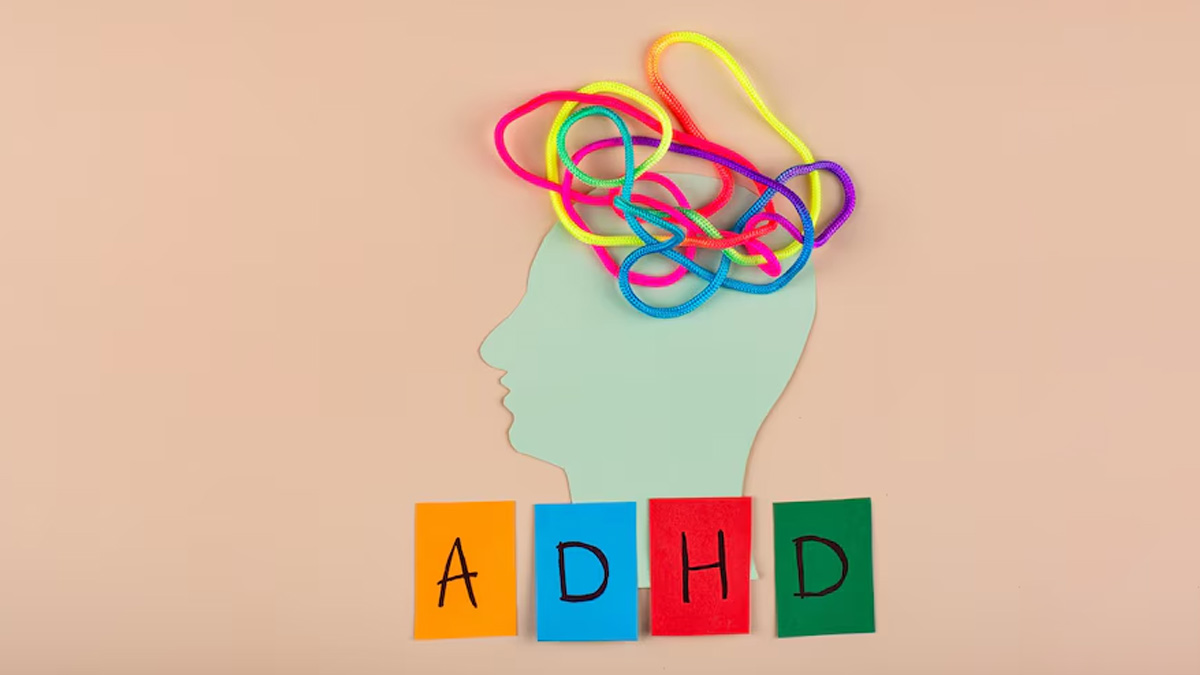
Attention Deficit Hyperactivity Disorder (ADHD) is a common neurodevelopmental disorder that affects children, often making daily tasks, social interactions, and academic performance more challenging. However, many parents may not be aware that ADHD frequently coexists with other conditions, adding complexity to the diagnosis and management of the disorder. Understanding these co-occurring conditions is vital for providing comprehensive care to children with ADHD.
Table of Content:-
To understand ADHD and its connection between ADHD and co-occurring conditions, OnlyMyHealth team interacted with Dr Sonam Kothari, Clinical Neurosciences expert, Founder, Butterfly Learnings.
ADHD and Anxiety: A Common Pairing
Children with ADHD have the most common co-occurrence of anxiety disorders. Excessive worry, fear or potential nervousness all can represent a component of anxiety — factors which may serve to exacerbate ADHD symptoms like inattention and impulsivity. For instance, a child with ADHD will have trouble focusing in class due to their anxiety about their academic performance and social interactions.
Explaining, Dr Kothari said, “The presence of both ADHD and anxiety can create a cycle where each condition exacerbates the other, making it harder for the child to cope with daily challenges. Parents should be vigilant in recognising signs of anxiety, as addressing it early can significantly improve the child’s overall well-being and help them manage both conditions more effectively.”
Also read: Expert Explains The Connection Between ADHD And ODD And Their Management Measures
Depression: Overlapping Symptoms with ADHD

Depression is another co-occurring condition with ADHD. “The symptoms that could point to anxiety and depression in children with ADHD, may include persistent sadness, fatigue and lack of interest in activities which they once enjoyed,” Dr Kothari said. These symptoms can sometimes be mistaken for ADHD-related issues, making it crucial for parents and healthcare providers to distinguish between the two.
“The combination of ADHD and depression can be particularly challenging, as it may lead to increased irritability, social withdrawal, and academic difficulties. Early intervention, including therapy and possibly medication, is essential in managing these co-occurring conditions and preventing long-term impacts on the child’s mental health and development,” said Dr Kothari.
Learning Disabilities and ADHD: A Challenging Combination

“Learning disabilities, such as dyslexia (difficulty with reading) or dyscalculia (difficulty with maths), often coexist with ADHD, making academic progress more challenging,” Dr Kothari notes. A child with both ADHD and a learning disability may face significant frustration in school, which according to her, can lead to behavioural issues and a negative attitude toward learning.
Identifying and addressing learning disabilities early is crucial for ensuring that children receive the support they need to succeed academically. “Specialised instruction, tutoring, and the use of assistive technology can make a substantial difference in helping children with ADHD and learning disabilities thrive in school,” Dr Kothari said.
Also read: Why Teens with ADHD Struggle with Motivation? Find Out Here
Guidance for Parents

For parents, understanding the link between ADHD and co-occurring conditions is key to providing comprehensive care. Here are some steps to consider recommended by Dr Kothari:
1. Comprehensive Evaluation: Make sure your child undergoes a thorough evaluation that screens for co-occurring conditions. This will help in creating an effective treatment plan tailored to your child’s unique needs.
2. Collaborative Care: A multidisciplinary approach can result in achieving better outcomes. Collaborate with a team of professionals, including paediatricians, psychologists, and educators, to address all aspects of your child’s health.
3. Individualised Treatment Plans: Each child is unique, and their treatment plan should reflect that. Whether through medication, therapy, or educational interventions, finding the right approach is essential.
4. Open Communication with School: Engage with your child’s teachers and school staff to ensure they are aware of your child’s needs. This can help in creating a supportive learning environment, with accommodations that address both ADHD and any co-occurring conditions.
5. Monitor Progress: Regularly assess how well the treatment plan is working. Be open to making adjustments as needed, whether it involves changing medications, adjusting therapy sessions, or exploring new educational strategies.
6. Focus on Strengths: Encourage your child to engage in activities where they excel. Focusing on strengths, rather than solely on challenges, can boost self-esteem and provide a sense of accomplishment.
7. Seek Support: Don’t hesitate to reach out to support groups or counselling services. Connecting with other parents facing similar challenges can provide valuable insights and emotional support.
Also watch this video
How we keep this article up to date:
We work with experts and keep a close eye on the latest in health and wellness. Whenever there is a new research or helpful information, we update our articles with accurate and useful advice.
Current Version